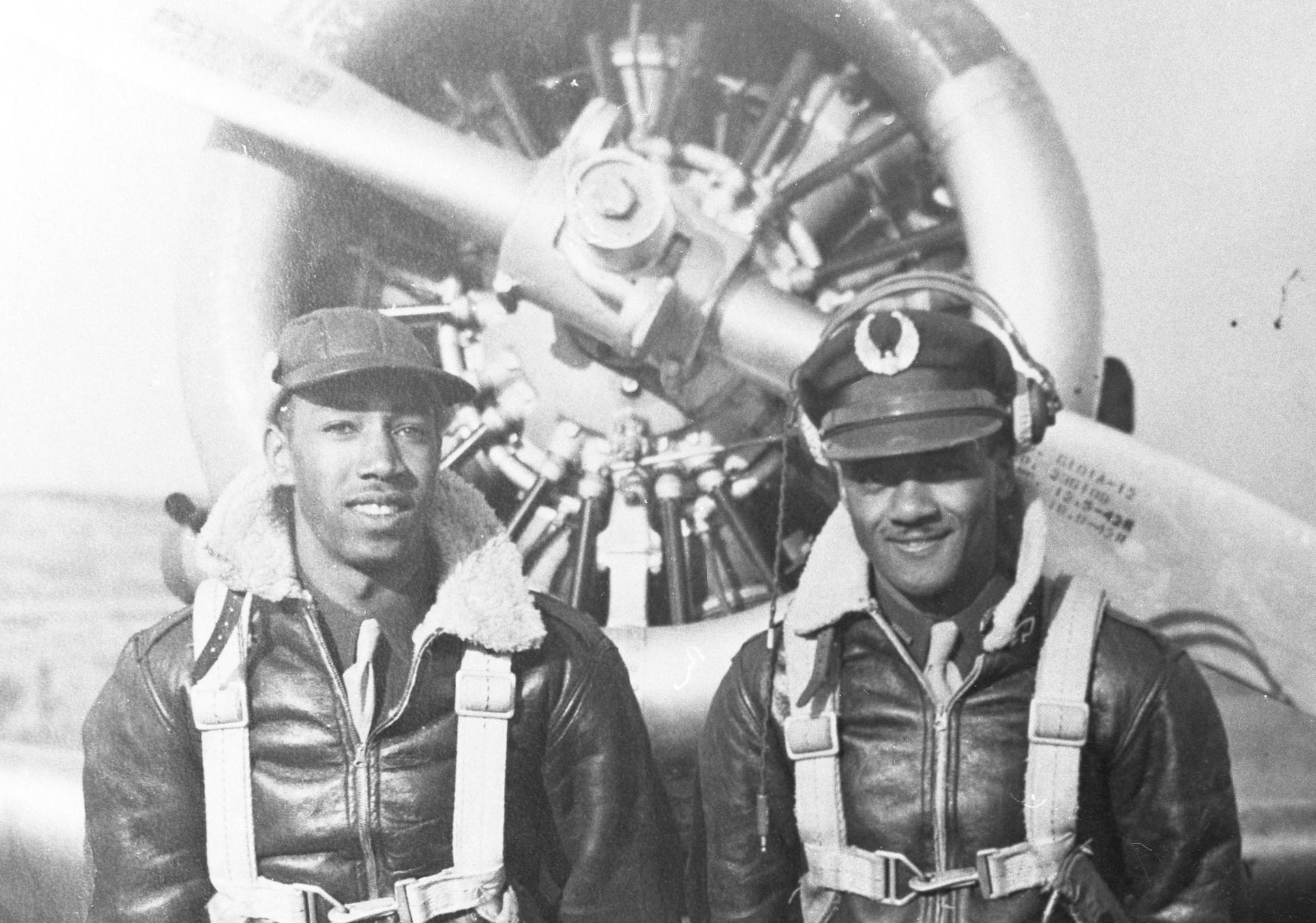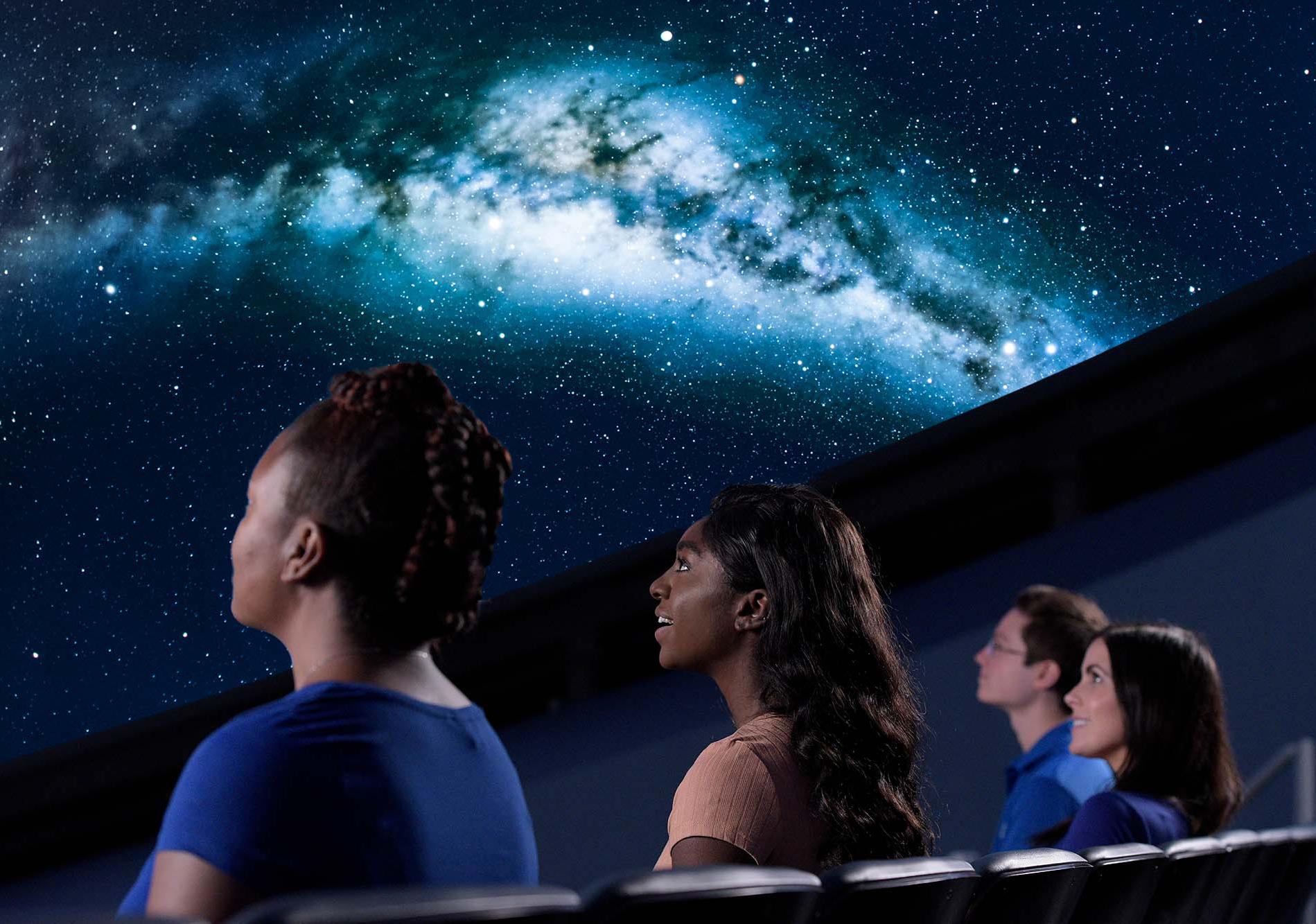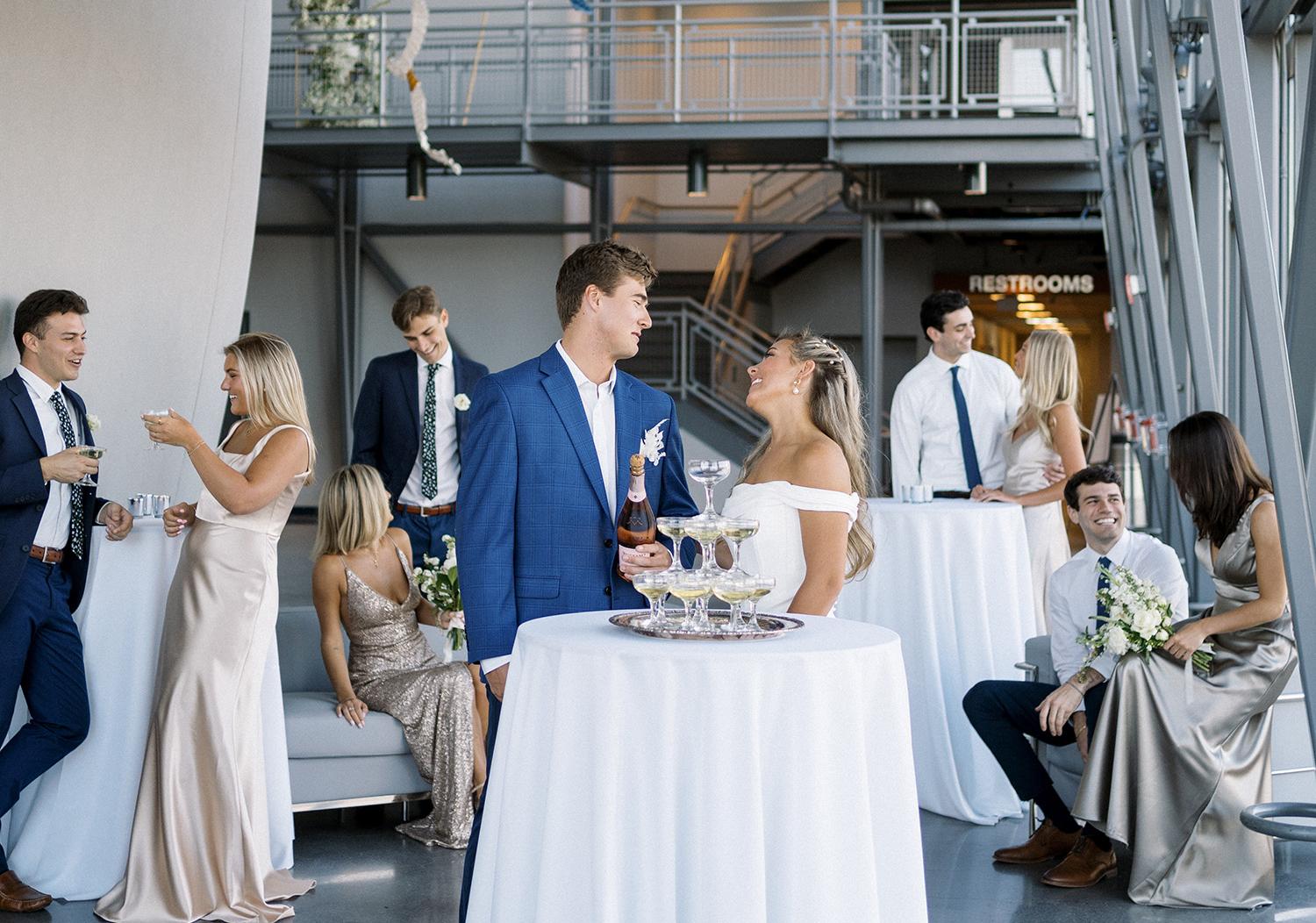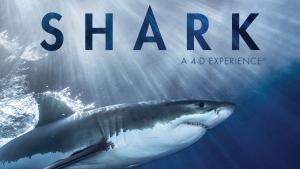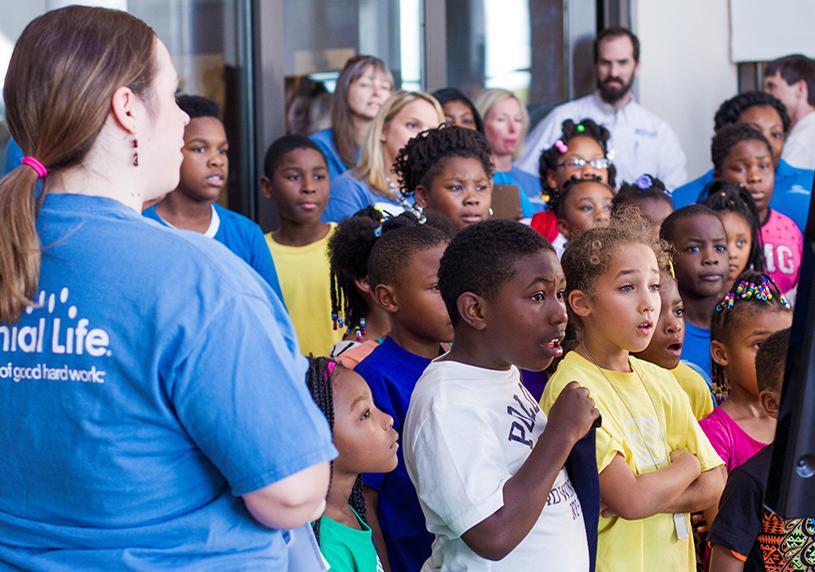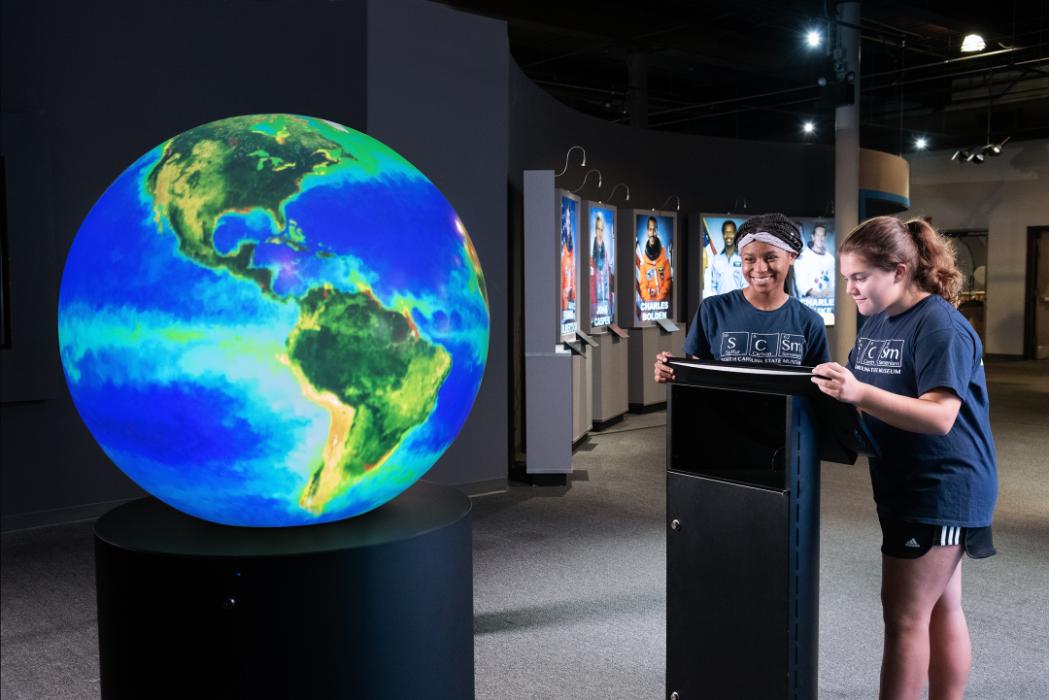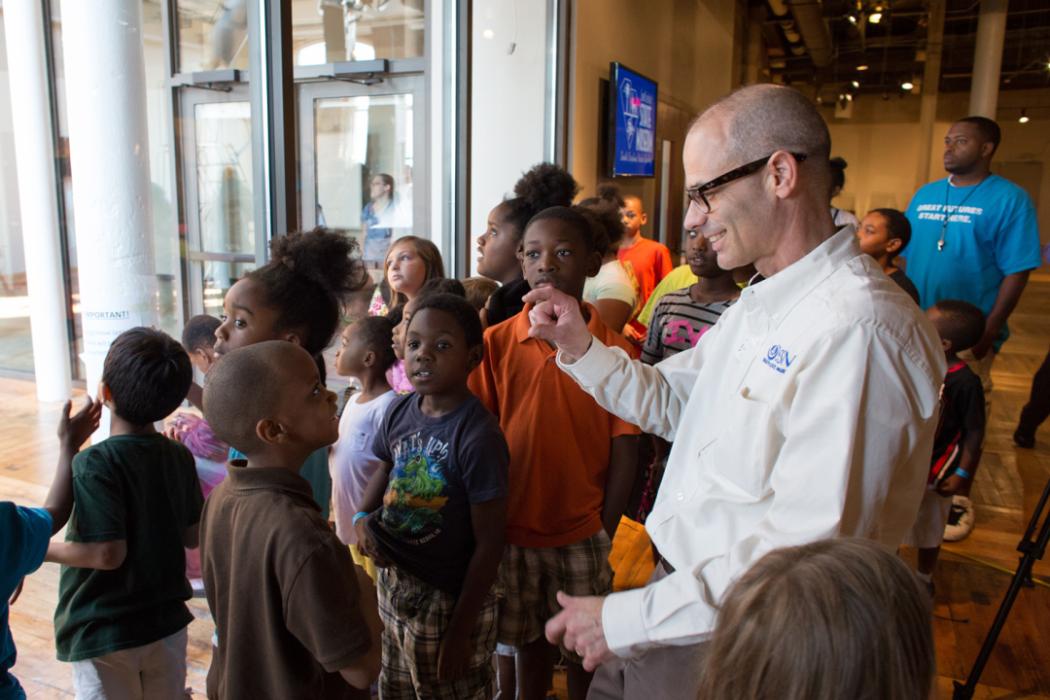
Leo Twiggs
I was on the board of the founding of the State Museum, along with a fellow named Guy Lipscomb. And when I walked through this place and I see what it is now, and I just, if Guy could be here now, he would be elated. The first work that was purchased was the flag painting, and it was one of my first flag paintings. And I got the kind of emphasis for the flag paintings because I went to University of Georgia and driving through Georgia on a Confederate Memorial Day, they had all these flags flying. In South Carolina, they didn't do that. They had the flag atop the statehouse, but you didn't see it- it wasn't in your face, it was controversy, it wasn't in your face. And then the Confederate Relic Room was here, and they bought one of my paintings fairly early on. and I went to the State Relic Room a lot with Watson there, and I'd see these old flags- dusty, they didn't have them cleaned up anything. They looked just like that you picked them out of a trunk. And I thought that here folks are still celebrating this thing and it's gone with the wind. It's an heirloom. And that that's the reason why Margaret Mitchell called her work "Gone with the Wind." And so I started doing the flags that were heirlooms, these old flags that were deteriorating. And because I work with wax and dyes, I could do that. I could use actual fabric and do that. And I think that the authenticity of the way it looked, for instance, in the flag that you have here, there's a gingham pattern back there. You can't see it unless you get up very close to it. But if you looking at it, you see that there's this pattern that is much like from the era and the flag is superimposed on that. The batik technique is something that I had really developed because when I first began people said, "That's not painting, that's craft." But I admired it and I treated it as a painting. The flags itself to me shows how far we need to go and how far we've come. And so it is a kind of flex point and seeing the flag as it should be seeing and not seeing it as an ideological symbol. I started using birds in my paintings because very early on, growing up in a little town called St Stephen's, 40 miles north of Charleston, I had five brothers and sisters have five brothers, sisters, thank goodness they are all living. And I remember we were in this little house and the bed I had a double bed and three or four of us slept in the same bed and they'd go to sleep and snore, and throw their arms all over. And I couldn't sleep and I looked through a window. We had a four pane window up there and I'd see this bird fly. And I often wondered, what did the birds see? Yeah, the freedom that the bird had. And I'd get all this imaginary thing about this bird. And so in that painting, I tried to suggest that, you know, that air of being in and flying above all of the stuff that's going on, below, this kind of freedom. And the Mother Emanuel series meant so much to me because in Charleston, my professor, Arthur Rose, was a member of Mother Emanuel. There are a lot of people at Mother Emanuel I knew and that shooting really stuck with me. And I knew I had to do a painting. And I did this painting about Mother Emanuel using the flag. And it kind of all of the things that I was using, using that I had nine that was we had nine individuals. So I agreed to do that and I standardized it, did it 24" by 30", and I did nine paintings. And the paintings aren't sequential, they are just testimonials. But, you know, it was covered by ESPN, CBS, all these places covered it and that they got the Panthers to come down. Ron Rivera brought the team down to look at it and then it was featured on Monday Night Football at a halftime. And it just it just exploded after that and it's been every place ever since. But it came here to the State Museum and it was the only place in the Midlands that it came and it came to the State Museum, a place that was dear to me. So I shall never forget that.
